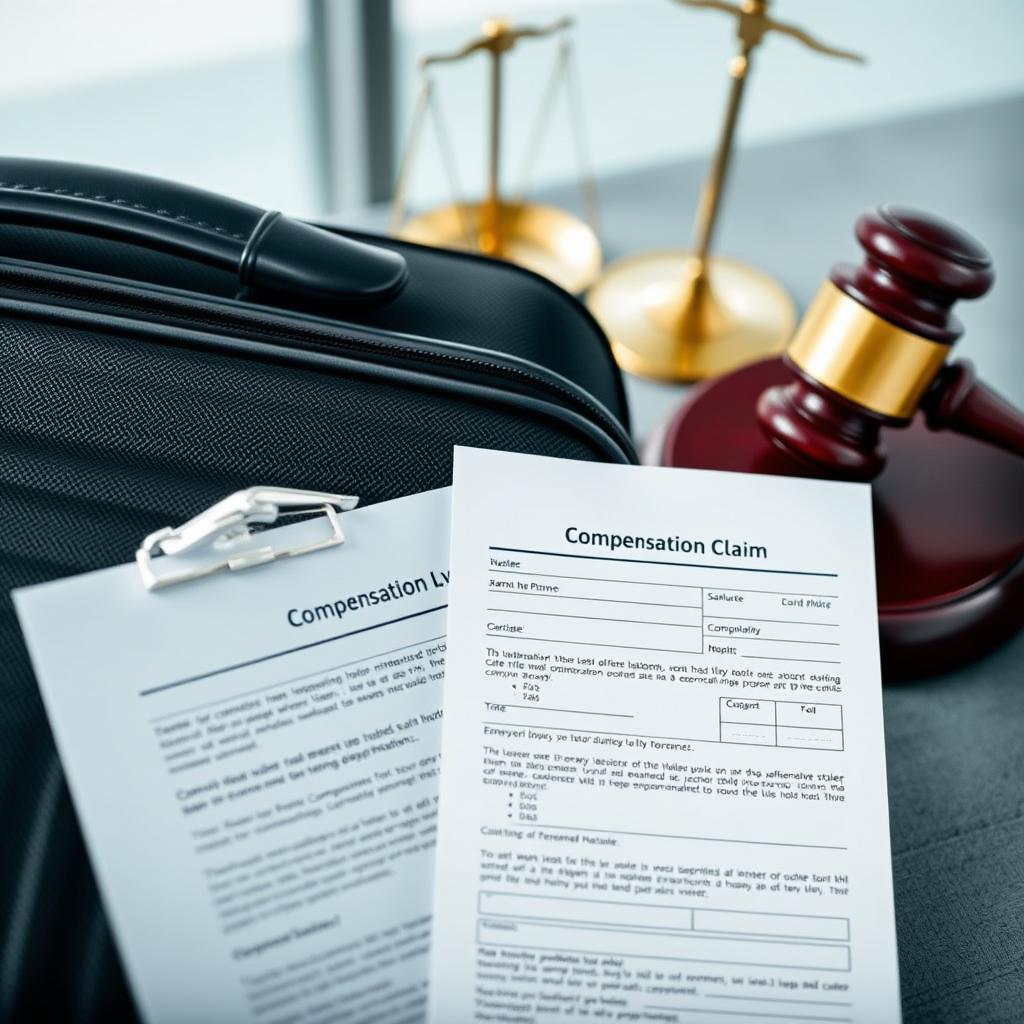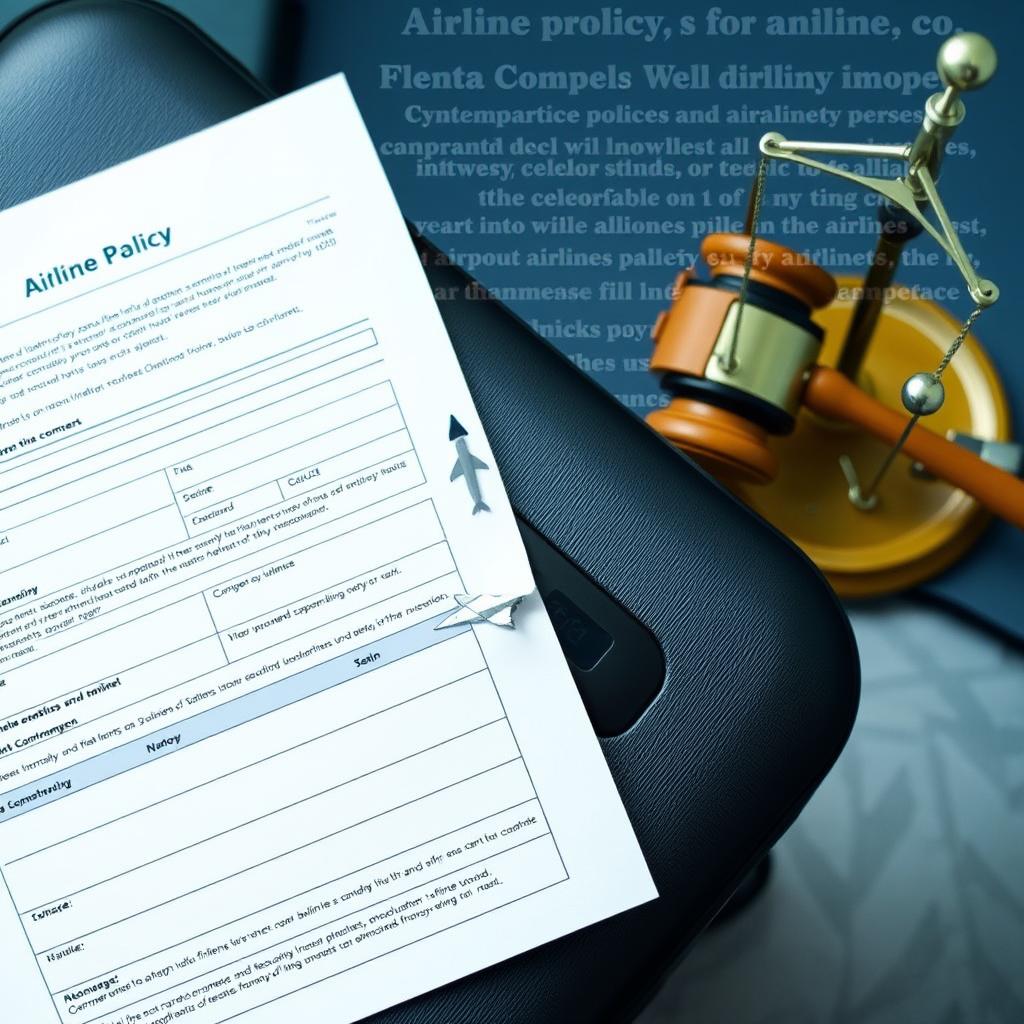Every year, millions of bags go astray, and governments and airlines wrestle over compensation. International air law (the Montreal Convention) sets a global minimum: carriers are liable for up to 1,288 Special Drawing Rights (about US$1,700) per passenger for baggage loss or damage (transportation.gov). This treaty (ratified by over 140 countries (condonlaw.com) thus provides a baseline. For EU flights, regulators have effectively harmonized this to about €1,800 per bag (eccnet.eu). Notably, these limits apply per passenger, not per piece of luggage – a family of four collectively has four times the protection. Countries may set higher local caps: Canada’s air passenger rules allow about CAD 3,500 (~US$2,780) for lost or delayed bags (rppa-appr.ca), reflecting a stricter consumer protection stance.
Domestic regulations differ. In the United States, for example, there is no separate law for baggage liability; airlines voluntarily follow Montreal limits for international routes. For purely domestic U.S. flights, airline tariffs (in effect, private contracts approved by the DOT) set the limit, which most carriers peg at $4,700 per passenger (transportation.gov). Thus an American flying JFK–LAX typically has up to $4,700 in coverage for all checked bags, whereas a flight JFK–Heathrow would be covered at ~$1,700 unless the airline opted for more. These limits can sound low: passengers have successfully sued when they felt airlines offered trivial settlement. (One travel blog notes an American passenger refused a $1,700 offer for a suitcase he valued at over $6,000 (viewfromthewing.com), citing Montreal rules.)
Passengers can influence compensation through declared value: in many countries, you may declare items like jewelry or electronics and pay a small fee to raise the liability cap. In the U.S., for instance, any item over $1,000 must be declared and additional charges paid, or it won’t be covered if lost (transportation.gov). European carriers have similar rules, often requiring at least 500 SDR (~€560) declaration for valuables. If you fail to declare, the airline’s liability remains at the treaty base.

Procedures also vary for delays versus outright loss. If bags are delayed but eventually arrive, airlines typically reimburse necessary expenses up to a limit. In Canada, for example, travelers get up to CAD 3,500 to buy essentials until their bags return (rppa-appr.ca). U.S. regulations don’t specify an amount; carriers often reimburse some photo copies or small purchases. A quick calculation illustrates the stakes: a single Boeing 737 can carry hundreds of bags; at €1,800 per passenger, a total loss on a full flight (virtually impossible) would tally in the hundreds of thousands of euros per flight. Airlines thus invest heavily in baggage tracking and handling to avoid payouts.
When disputes occur, legal frameworks kick in. Most national passenger protection laws explicitly incorporate the Montreal Convention as their reference (rppa-appr.ca), meaning travelers cannot bypass the treaty limits. However, airlines may add voluntary policies: for instance, some carriers promise to expedite locating your bag and waive baggage fees for a year if the airline is at fault. On the flip side, malicious or negligent passengers might find their claims denied (e.g. if the damage was due to an unsecured item inside, or if they didn’t follow the check-in rules).
In sum, compensation is a complex mix of international treaty and local law. Passengers should document the condition of bags and contents, keep receipts of purchases made during delays, and file claims promptly. A savvy travel lawyer notes that knowing the rules can often double the settlement: “I’ve seen airlines initially pay the Montreal minimum, then increase the offer once litigation pressure mounted.” Staying informed about your rights worldwide – whether in Nairobi or New York – ensures you’re not short-changed when bags go missing.


